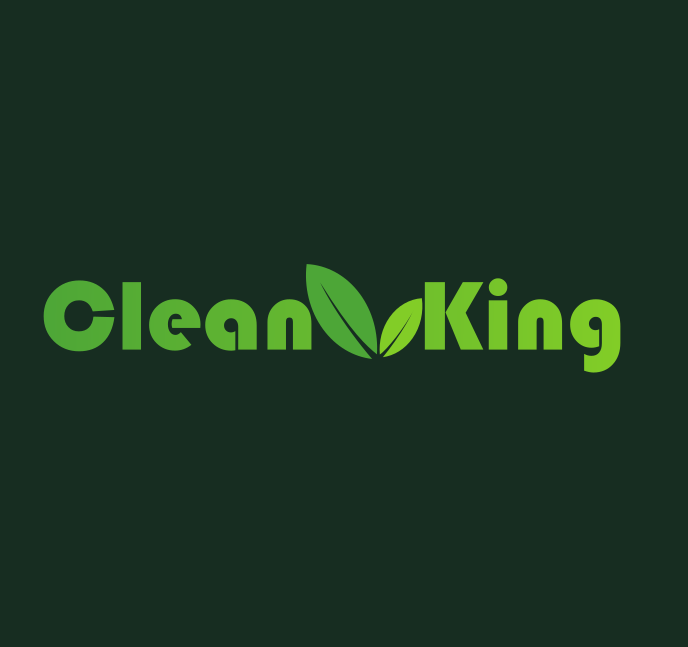Case Study: Logo Design for Green Flames, Clean King, and Shawn Banana Farm

Introduction
This case study examines the logo designs for three distinct brands: Green Flames, Clean King, and Shawn Banana Farm. Each logo was crafted to reflect the unique identity and core values of the respective brands, ensuring they resonate with their target audiences.
Green Flames
Background: Green Flames is a company specializing in eco-friendly energy solutions. Their products and services focus on sustainability and reducing carbon footprints.
Design Objectives:
- Eco-Friendly Representation: Convey the brand’s commitment to green energy.
- Modern and Clean Aesthetic: Appeal to a tech-savvy and environmentally conscious audience.
- Symbolic Elements: Use elements that symbolize energy and sustainability.
Logo Design Features:
- Color Scheme: A rich green color was chosen to represent sustainability and eco-friendliness.
- Iconography: The logo features a stylized flame, symbolizing energy. The green color of the flame reinforces the idea of eco-friendly energy.
- Typography: The text “Green Flames” is in a modern, clean font that complements the flame icon. The font is strong yet approachable, emphasizing reliability and innovation.
Implementation and Impact:
- Brand Recognition: The distinctive green flame icon has become synonymous with eco-friendly energy among customers.
- Market Positioning: The logo effectively positions Green Flames as a leader in sustainable energy solutions.
Clean King
Background: Clean King is a company that provides eco-friendly cleaning products. Their mission is to offer effective cleaning solutions that are safe for both people and the environment.
Design Objectives:
- Environmental Emphasis: Highlight the eco-friendly nature of the products.
- Clean and Fresh Aesthetic: Reflect cleanliness and purity.
- Readability and Simplicity: Ensure the logo is easily recognizable and legible.
Logo Design Features:
- Color Scheme: Shades of green were used to denote freshness, cleanliness, and environmental care.
- Iconography: The logo incorporates leaf elements, reinforcing the natural and eco-friendly aspects of the brand.
- Typography: The text “Clean King” is in a bold, modern font. The use of leaf shapes in the letters adds a creative touch that ties back to the brand’s eco-friendly focus.
Implementation and Impact:
- Consumer Trust: The logo communicates the brand’s commitment to safe and effective cleaning products, fostering trust among eco-conscious consumers.
- Brand Differentiation: The combination of clean design and natural elements helps Clean King stand out in a competitive market.
Shawn Banana Farm
Background: Shawn Banana Farm is an agricultural business focused on the cultivation and sale of high-quality bananas. The farm emphasizes organic practices and sustainable farming.
Design Objectives:
- Natural and Organic Representation: Showcase the farm’s dedication to organic farming.
- Vibrant and Inviting: Create an inviting and friendly brand image.
- Agricultural Elements: Include elements that represent farming and nature.
Logo Design Features:
- Color Scheme: Bright yellows and greens were used to represent bananas and lush foliage, conveying freshness and vitality.
- Iconography: The logo features a stylized banana tree, symbolizing growth, nature, and agriculture.
- Typography: The name “Shawn Banana Farm” is in a playful, handwritten-style font, giving the logo a friendly and approachable feel.
Implementation and Impact:
- Brand Identity: The logo effectively communicates the farm’s organic and sustainable practices, appealing to health-conscious consumers.
- Market Appeal: The vibrant colors and friendly design make the brand memorable and appealing to a wide audience.




Client
Green Flames, Clean King, Shawn Banana Farm
Services
Logo design
Project
Dynamic
Conclusion
The logo designs for Green Flames, Clean King, and Shawn Banana Farm successfully achieved their respective objectives by incorporating appropriate color schemes, iconography, and typography. Each logo reflects the unique identity of the brand it represents, enhancing brand recognition and market positioning. These designs demonstrate the importance of aligning visual elements with brand values and target audience expectations.